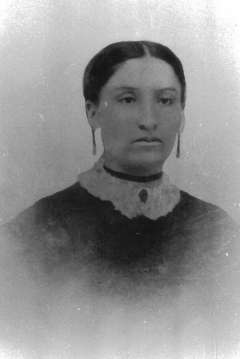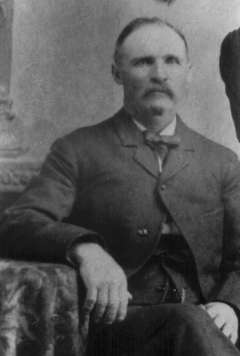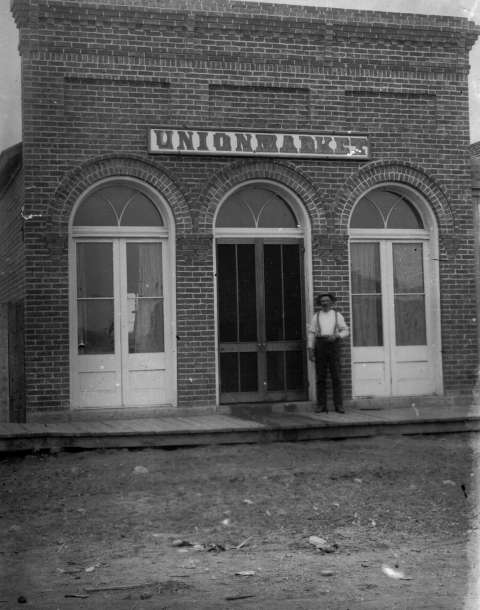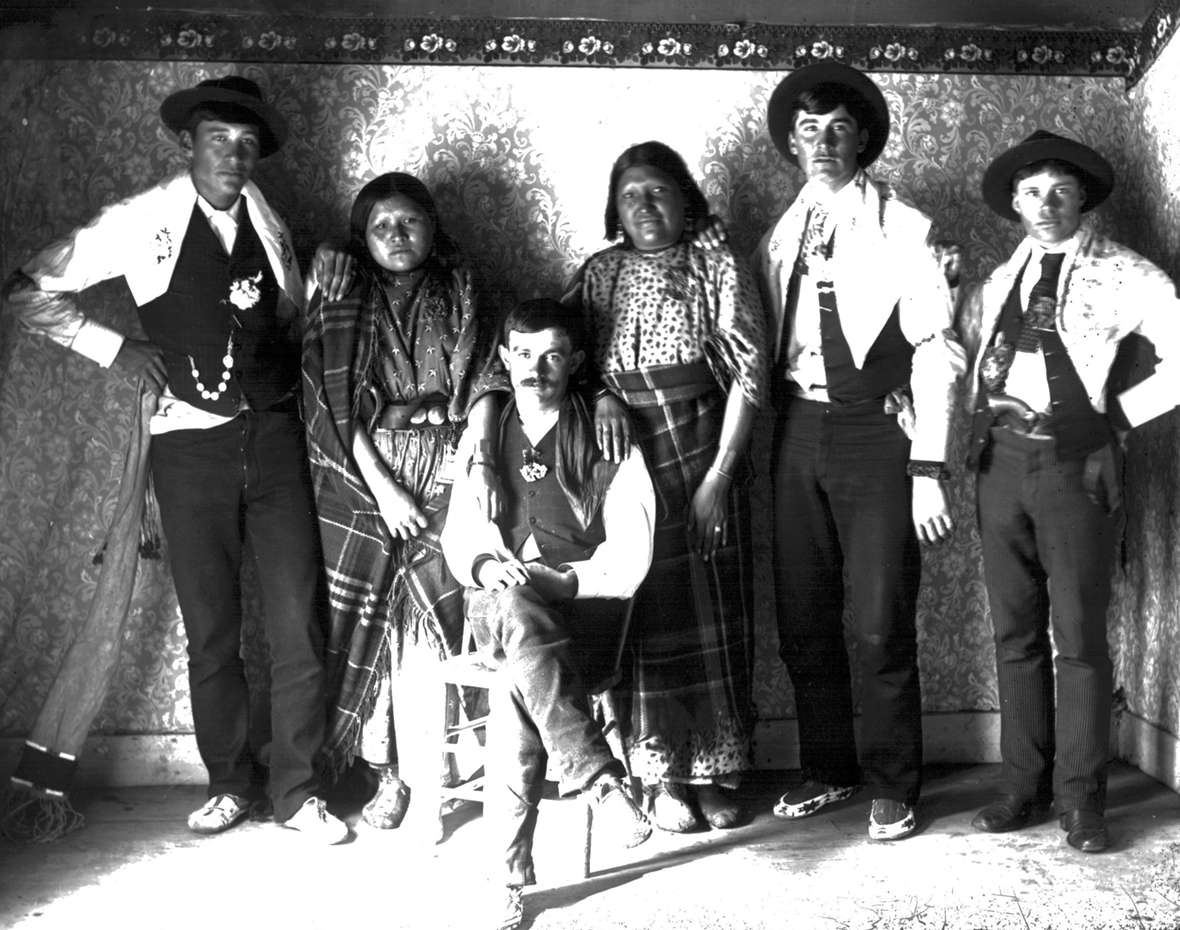|
THIS
COUNTY IS OPEN FOR ADOPTION.
IF
YOU WOULD LIKE TO ADOPT IT, PLEASE CONTACT THE
STATE
COORDINATOR
If you have any information to share
about Carbon County Wyoming please feel free to email me:
Rebecca
Maloney
One of the many fascinating history events
from www.wyoming.org
Three
Mixed-race Families and a Wagon Train Attack: A Story of
Frontier Survival
Published:
November 11, 2015
Bullets
splintered the wagon box. Arrows shredded the wagon’s
canvas cover. Two pregnant women huddled together in the
wagon, trying to make their toddlers lie down. The travelers
in this 12-wagon train, circled against their Lakota Sioux
attackers, were outnumbered 20 to one and losing fast.
Then,
from the meager protection of the wagons, one of the women,
eight months pregnant and impeded by her bulk, strode out
into the midst of the battle. She had recognized some of the
attackers—she knew them personally. She shouted at the
Indians to stop their attack or her brother, their own
Hunkpapa Sioux war chief, Gall, would take vengeance.

Illustration
1: Woman Dress Lamoreaux some years after her courage saved
her family's lives when their wagon train was attacked near
Split Rock. Lander Pioneer Museum.
Woman
Dress Lamoreaux and her relatives
At
the time of the attack, the travelers were near Split
Rock on
the Oregon Trail, about a day’s travel west of Devil’s
Gate in what’s now central Wyoming.
How
did one of their attackers’ own people, Woman Dress
Lamoreaux, come to be in this wagon train on the way
from Fort
Laramie to
the South
Pass area
in March and April 1868? It was an atypical group: Of the
26-member party, about half were American Indians,
mixed-bloods or white men who had married Indians.
In
the early and mid-1800s, many white traders—often
French-speaking, with roots in French Canada or the
Mississippi Valley—married Cheyenne,
Sioux and Shoshone women, gaining important business
alliances by these unions. At least three such extended
families were traveling in this wagon train.
The
most prosperous member of the wagon train was Fort Laramie
trader Jules Lamoreaux; five of the 12 wagons were his.
Lamoreaux was born in Canada at Hyacinthe, Quebec, in 1836.
He worked at Fort Laramie for James Bordeaux before opening
his own store there, marrying Woman Dress in 1862. At the
time of the 1868 journey to South Pass, they had two
children, Lizzie and Richard, ages about 5 and 3.
The
Lajeunesses
The
largest group was the clan of Charles Lajeunesse, also known
as Seminoe, who operated a trading post at Devil’s
Gate from 1852 to 1856, and at other times and points along
the Oregon Trail. Lajeunesse's grown, half-Shoshone sons,
Mich, Noel and Ed, were escorting their pregnant younger
sister, Louisa Lajeunesse Boyd, along with her husband,
William Henry Harrison Boyd, and their daughter, Martha,
approximately 3 years old. Boyd was from Tennessee and had
come west in about 1859 where he worked for and was educated
by Charles Lajeunesse, eventually becoming his partner, and
marrying his daughter about 1864.

Illustration
2: The prosperous Jules Lamoreaux, Canada-born Oregon Trail
trader, owned five of the 12 wagons attacked on the trail
in 1868. He and his Sioux wife, Woman Dress, eventually had
17 children--the third of whom, Willlow, was born near
South Pass a week or so after the attack. Lander Pioneer
Museum.
Mich
and Noel had fought at the July 1865 Battle of Platte Bridge
near present Casper,
Wyo., where Mich killed High Backed Wolf, a Cheyenne chief.
High Backed Wolf had killed their father a few weeks
previously, and Louisa and the other Shoshone women at
Platte Bridge celebrated this revenge by dancing and
singing, wearing High Backed Wolf's scalp-decorated,
bloodstained shirt.
The
Ecoffeys
Yet
another mixed-blood couple, Julia Bissonette Ecoffey, a
half-Sioux, and her husband Frank Ecoffey, were also with
this expedition. Julia's father, Joseph Bissonette, was a
trader, government interpreter and partner of Charles
Lajeunesse and William Boyd on Deer Creek about 1864.
Bissonette had been in the trading business along the trails
at least since 1842, when he had accompanied the explorer
John C. Fremont as an interpreter from Fort Laramie to Red
Buttes near
present Casper. Ecoffey, a French-Swiss, arrived at Fort
Laramie in 1855, clerking for Bissonette and Lajeunesse in
the early 1860s. In 1865, about two years before he married
Julia, he had a store at Platte Bridge and helped defend it
during the battle that July.
Survival
in a fast-changing world
All
of these mixed-blood families had been established at Fort
Laramie before deciding to move to the area of South Pass,
planning to set up business near the soon-to-be-booming
gold camps where
significant finds had been made in 1867. Once-profitable
trade with Indians and with white emigrants was waning.

Illustration
3: Jules Lamoreaux in front of his butcher shop, one of the
first brick buildings in the new town of Lander, 1870s.
Lamoreaux served as Lander's second mayor. Lander Pioneer
Museum.

The Union
Pacific Railroad, building
west, spawned towns and stores filled with cheap
manufactured goods that cut into the traders' business. As
buffalo herds dwindled, many Indians had become impoverished
and were settling on the reservations, or were increasingly
hostile—especially the Sioux and Cheyenne—as
they chose to defend their lands. These were the years
of Red
Cloud’s War along
the Bozeman
Trail to the northeast,
and of many raids and skirmishes along the Oregon and
Overland trails across what’s now Wyoming.
|